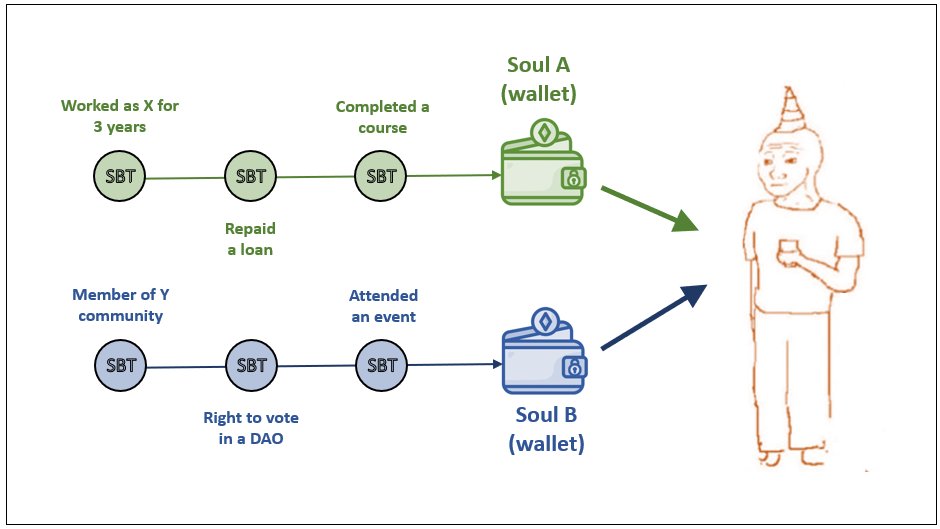Ethereum has a very simple investment narrative, but we've managed to overthink it
1) The play is infrastructure for the future global financial system
2) Ethereum will serve as the settlement and interoperability layer, which is a winner-take-all market
3) The strategy is to keep fees low and drive mass adoption and then capture some of that much greater value in the future via appropriate pricing (gas fees)
4) We're already seeing mass adoption taking off (ie stablecoins), and Ethereum is already the very clear winner; no close competitor
And that's it. Just a very straightforward, very profitable business model.
No 'ETH is money' confusing things; no ultrasound anything; no triple point or however many point thesis. Just a simple, easy narrative that's very difficult to refute.
1) The play is infrastructure for the future global financial system
2) Ethereum will serve as the settlement and interoperability layer, which is a winner-take-all market
3) The strategy is to keep fees low and drive mass adoption and then capture some of that much greater value in the future via appropriate pricing (gas fees)
4) We're already seeing mass adoption taking off (ie stablecoins), and Ethereum is already the very clear winner; no close competitor
And that's it. Just a very straightforward, very profitable business model.
No 'ETH is money' confusing things; no ultrasound anything; no triple point or however many point thesis. Just a simple, easy narrative that's very difficult to refute.
• • •
Missing some Tweet in this thread? You can try to
force a refresh










